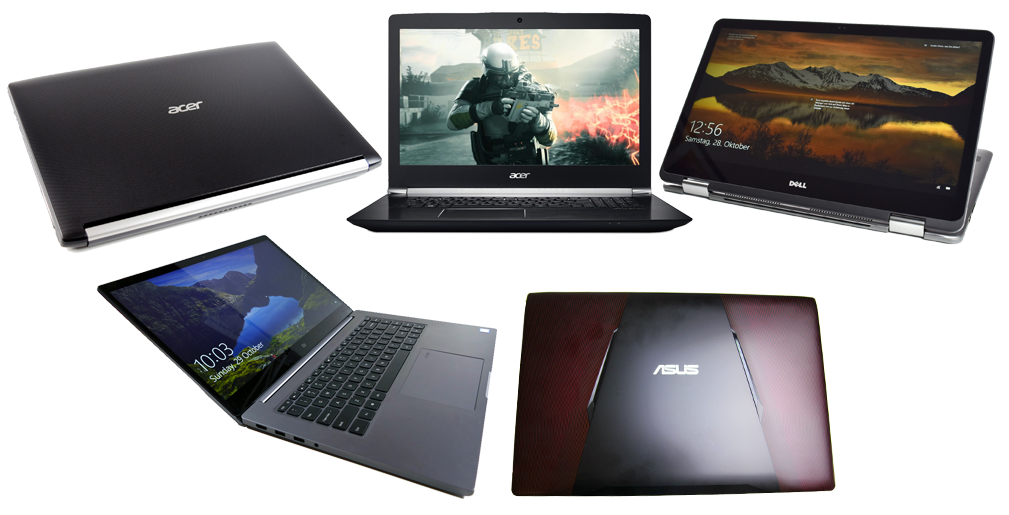Use of Portable Devices can Enhance Learning,
Especially Outside Class Hours
By: Vincenzo Crawford
February 12, 2019
Technology has risen to great heights in just a few decades. can you remember in the 90s, when we had just a few white-boards, huge cathode ray tube computer monitors with stationary central processing unit systems, and limited internet accessibility? Clearly, the technology back then is nothing compared to the technology we have come to know in this 21st-century. We are now in an age where information from all across the globe can be carried around in our shirt pockets. While making personal lives easier, the rise in technology has also positively impacted education systems on a global scale; acting as the major source for information acquisition and dissemination, injecting a certain dynamic learning experience within the classrooms, and even providing cyber learning/teaching interactions between teachers and students outside of standard classroom settings (Dias & Victor, 2017) .
There is a wide range of devices which are utilized daily, both in and out of the learning environment for information acquisition/dissemination. The British Educational Communications and Technology Agency (Becta) (2004), referred to these devices as “Information and Communication Technologies (ICTs). Beca further highlighted a few ICT devices:
Becta continued by explaining that ICT devices aren’t only beneficial in that they replaced stationary technology for a wider range of accessibility by practically everyone within the education system, but they also provide major benefits to teachers’ self-development and lesson planning/preparation; students’ enthusiasm and accessibility to updated information (both in and out of the classroom); and parents’ awareness in the use of ICTs, along with closer involvement in their children’s education.
The iClicker
|
How do we manage students productivity outside of school hours? What if one decideds to academically upgrade themselves while they are in a full-time job which requires them to be on duty during regular school hours? What if evening school proves to put students at risk because of their place of residence relative to the time they would actually be leaving school in the evenings? I presume that these are among the questions education institutions asked themselves prior to implementing programmes and courses which are able to be accessed and engaged by students from any remote location. Ally, Balaji, Abdelbaki, & Cheng (n.d) conducted a research by using mobile learning to increase access to education. The research revealed that students, teachers, and parents all had a positive experience from their engagement. “With nearly half of undergraduate online students and 70 percent of graduate online students working full time, according to the National Center for Education Statistics, it is not surprising that they’d prefer to take their education on-the-go.” (Zimberman, 2018) . This article by Zimberman highlights the fact that universities are getting into the groove of utilizing an online platform to reach student who does not have the time or feel the need to attend a university physically; and students are engaging online classes more frequently today because of the ease of access and the flexibility of acquiring materials or engaging classes from any location via a portable device which could be as small as one’s shirt pocket size. Another research was conducted by Stritto & Linder, (2018), where they found that students preferred to study online, as they believe, and various researchers have resulted that the use of portable devices by students does, in fact, enhance learning and learning outcomes. It was also recognized that cell phones have come to a popular trend among the mass number of portable devices utilized for online classroom access,
Overall, it's been found that portable devices really does positively contribute to education, both in and out of the classroom environment. In a fast-paced society where technology is rapidly growing and the demand for human upgrade to function efficiently in a cyber-oriented world, there is limited time available for the mass of information required for human awareness. Fortunately, portable devices factors out such limitations on the account of their ubiquitousness, user-friendly interface, remote convenience, and ability to enable the speedy acquisition to practically any desired information (Moore, 2018) .
References
References
Ally, M., Balaji, V., Abdelbaki, A., & Cheng, R. (n.d.). Use of Tablet Computers to Improve Access to Education in a Remote Location. Journal of Learning for Development - JL4D, 4, 221-228. Retrieved from http://www.jl4d.org/index.php/ejl4d/article/view/219/239
British Educational Communications and Technology Agency (Becta). (2004). What the Research Says about Portable ICT Devices in Teaching and Learning. BECTA ICT Research. Retrieved from http://39lu337z51l1zjr1i1ntpio4-wpengine.netdna-ssl.com/wp-content/uploads/2016/04/wtrs_03_portable_devices.pdf
Dias, L., & Victor, A. (2017, August). Teaching and Learning with Mobile Devices in the 21st Century Digital World: Benefits and Challenges. European Journal of Multidisciplinary Studies, 2(5). Retrieved from http://journals.euser.org/files/articles/ejms_may_aug_17/Lina2.pdf
Moore, M. (2018, september 28). Student Device Preferences. Retrieved from Canvas: https://community.canvaslms.com/groups/designers/blog/2018/09/28/student-device-preferences
Stritto, M. E., & Linder, K. (2018, April). Student Device Preferences for Online Course Access and Multimedia Learning. Oregon State University Ecampus Research Unit. Retrieved from https://teachingcommons.lakeheadu.ca/sites/default/files/inline-files/Student%20Device%20Preferences%20for%20Online%20Course%20Access%20and%20Multimediat%20Learning.pdf
Wong, J. (2017). Handheld Devices Enhancing the Learning Environment. Retrieved from ETEC 510: http://etec.ctlt.ubc.ca/510wiki/Handheld_Devices_Enhancing_the_Learning_Environment
Wylie, J. (2019). Mobile Learning Technologies for 21st Century Classrooms. Retrieved from scholastic: http://www.scholastic.com/browse/article.jsp?id=3754742
Zimberman, E. (2018, July 13). More Students Rely On Mobile Devices to Complete Online Classes. Retrieved from EdTech Magazine: https://edtechmagazine.com/higher/article/2018/07/more-students-rely-mobile-devices-complete-online-classes



No comments:
Post a Comment